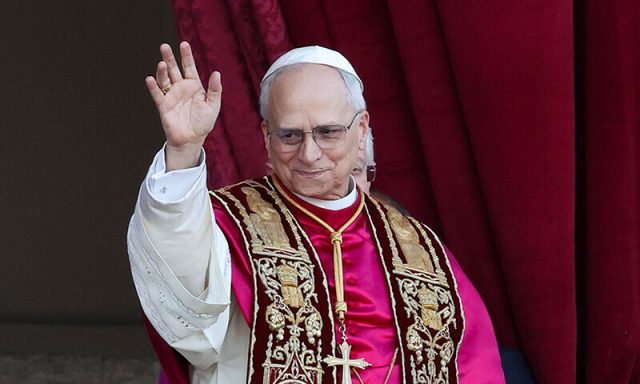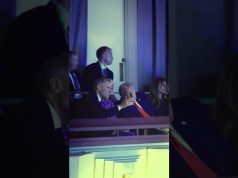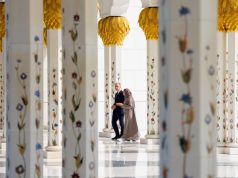VATICAN CITY, Thursday, May 08, 2025 (WNP): In a historic and unexpected decision, Cardinal Robert Prevost of the United States was elected the new leader of the Roman Catholic Church on Thursday, becoming the first American pontiff in history. He will be known as Pope Leo XIV.
The announcement came just over an hour after white smoke rose from the Sistine Chapel, signaling that the College of Cardinals had reached the required two-thirds majority to elect a new pope. The declaration, “Habemus Papam” (“We have a pope”), was made by French Cardinal Dominique Mamberti to tens of thousands gathered in St. Peter’s Square.
Appearing on the central balcony of St. Peter’s Basilica, the 69-year-old Pope Leo greeted the cheering crowd with a brief but powerful message: “Peace be with you all.”
Originally from Chicago, Leo XIV spent much of his priesthood as a missionary in Peru, where he served as Bishop of Chiclayo for eight years. He became a cardinal in 2023 and was later brought to the Vatican by Pope Francis to oversee the influential office responsible for appointing bishops around the world.
Despite his relatively low public profile, Prevost was viewed as a steady supporter of Pope Francis’s reform agenda. Known for his quiet leadership style and strong commitment to social justice, Leo XIV has advocated for a more inclusive Church. At a Vatican briefing in 2023, he stated, “Our work is to enlarge the tent and to let everyone know they are welcome inside the Church.”
Pope Leo’s election follows the death of Pope Francis last month, who led the Church for 12 transformative years. Francis was the first Latin American pontiff and ushered in an era of openness, encouraging debate on once-taboo subjects such as women’s ordination and LGBTQ+ inclusion.
As the 267th pope, Leo XIV now inherits a global Church of 1.4 billion members, one still grappling with internal divisions. Ahead of the conclave, cardinals were split between continuing Francis’s path of reform and returning to more traditional doctrine. Leo’s election is seen by many as a signal of cautious continuity with the Francis era.




